In recent years, the West has discovered the herbal supplement kratom. However, the history of kratom goes back centuries in Southeast Asia where it has been considered a holistic naturopathic treatment option for a variety of health conditions.
Table of Contents
- Humans and Herbal Supplements
- What is Kratom?
- Mitragyna Speciosa
- The Mitragyna Speciosa Tree
- The History of Kratom’s Name
- Alkaloids and Kratom
- The Effects of the Kratom Alkaloids
- The Southeast Asia Use of Kratom
- The Use of Mitragyna Speciosa
- The Availability of Kratom in Southeast Asia
- The Legality of Kratom
- Kratom Expands into the East
- Legal Control of Kratom
- History of Kratom in the West
Humans and Herbal Supplements
Kratom has helped many laborers cope with a seven-day work week in SE Asia – History of Kratom
Since humankind entered the Neolithic age, individuals have turned to plants to enhance their physical abilities and to seek a closer alliance with the gods. Even nowadays, people turn to herbs as a holistic remedy for a variety of problems. Kratom is an herb that has been favored for centuries but its popularity has recently swept the world.
What is Kratom?
Kratom is an herbal supplement obtained from the tropical tree Mitragyna speciosa Traditionally, the plant’s alkaloids have been favored to combat fatigue and increase the productivity of farmworkers throughout Southeast Asia. However, now it is a favored herbal supplement known as ‘Kratom’.
Mitragyna Speciosa
Mitragyna speciosa is the official name of the kratom tree which is a member of the Rubiaceae family (a member of the coffee family). It grows to a height of 4 to 16 meters. The tropical tree is indigenous to most of Southeast Asia and is very prolific in the Philippines and New Guinea.
For centuries Asians have harvested and dried the leaves of the tree which they then chop into small pieces to brew as tea or to chew. Local laborers have favored the herb to combat physical fatigue and to increase their physical abilities to withstand hard labor. Depending on the location, many have also used the herb for socio-religious ceremonies. Holistic practitioners have prescribed kratom to battle the widespread morphine addiction in Thailand and to substitute for opioids in Malaysia.
The Mitragyna Speciosa Tree
As mentioned, the tree can easily towner 50 feet with a similar spread of 15 feet (4.5 meters). The stem is very erect in appearance with branching. The tree produces yellow flowers and thick evergreen leaves that appear a dark glossy in color are ovate in shape. They form an opposite growth pattern on the tree. In the fall months, the tree produces a bevy of new leaves which coincide with the area’s rainy season too.
The leaves of the kratom tree measure 20 centimeters in length (about 8 inches) and 12 centimeters (about 5 inches) across They have a very glossy surface that is dark green in color.
The History of Kratom’s Name
The name Mitragyna is believed to have been created by a Dutch botanist named Korthals who felt that the leaves and flower stigmas resembled a bishop’s mitre. However, some also state that the name arose from the use of the herb by the Mithraic cults who believed it helped in transcendence and are credited with using the herb during their religious practices for thousands of years.
Alkaloids and Kratom
Depending on the tree’s location, it can contain varying degrees of alkaloids. Clearly region and climate have an impact on the production of the phytochemicals. The two main alkaloids Mitragynine and 7-hydroxymitragynine can vary dramatically. In addition, various analogues occur such as speciogynine, paynantheine, and speciociliatine.
The Effects of the Kratom Alkaloids
May compare the effects of kratom to that of drugs such as amphetamines and cocaine. However, in large doses, kratom produces a very narcotic, sedative-like response that is very similar to opiates.
The Southeast Asia Use of Kratom
The name kratom varies depending on the area of Southeast Asia. It is often called
- Ketum
- Biak (in Malaysia)
- Kratom (Thailand
- Thom (Southeast Thailand)
Depending on the location, kratom is favored as a remedy for disease, a stimulant, and for socializing. Manual laborers such as farmers, rubber-tappers, and fishermen, often use kratom in southern Thailand and Malaysia. In Thailand, the leaves of kratom help workers who labor in the sweltering sun tolerate the heat and receive their physical and mental fatigue.
Within rural areas, kratom is favored for the treatment of fever, pain, diabetes diarrhea, and as a wound poultice. In Malaya, it is favored as an opium substitute. Within most Asian communities, kratom remains a favorite beverage for social gatherings where they are brewed into a tea. Some old-timers also enjoy smoking the leaves of the tree in a similar manner to tobacco.
The Use of Mitragyna Speciosa
The alkaloids found in the Mitragyna speciosa leaves tastes very bitter, so it has historically been added to sweet beverages in an effort to mask its unpleasantness. To achieve a quick pick-me-up result, users in Southeast Asia have regularly chewed the fresh leaves of the tree. In fact, regular users often chew the leaves three to 10 times per day. Interestingly, a green leaf will weigh about 1.7 grams, and a dry leaf weights 0.43 grams. If you have 20 leaves then you will have 17 mg of Mitragynine. Either dry or green, the amount alkaloids remain the same for the 20 leaves.
The Availability of Kratom in Southeast Asia
Kratom is available throughout most of Asia and can be purchased from actual kratom traders who reside within the various communities. Users are made up of two groups: those who frequently use kratom to enhance physical performance, so they tackle laborious work. Other users turn to kratom to cope with drug withdrawal symptoms, especially those trying to kick an opioid habit. In Malaysia, drug treatment centers regularly use kratom to help addicts overcome opiate addiction and cope with withdrawal symptoms.
The Legality of Kratom
In Thailand, kratom has been illegal since 1943. In Malaysia, Bhutan, and Myanmar kratom has the classification of a controlled substance. However, despite those laws, kratom use doubled between 2007 to 2011. In Malaysia, they added kratom to the Dangerous Drugs Act of 1952 and they consider kratom as harmful as opiates and amphetamines. However, despite such laws in those regions, locals continue to use kratom.
In rural areas, people extensively use kratom throughout SE Asia. Most consider it a better and safer choice than heroin or methamphetamine. The effects of kratom vary by the user but most report to feel invigorating effects within five to ten minutes of ingestion. They also feel happier and stronger which is a bonus for those working in the agricultural sectors. Many feel that they have a calm mind along with great physical assets when using kratom. Interestingly, in Malaysia, kratom use has long been a male thing and is rarely seen in women. In fact, it is frown on for female use. Even when looking at the history of kratom, it has always been a male herbal supplement.
Kratom Expands into the East
In recent years, kratom has risen in popularity in the US, EU, and other countries such as Japan. The history of kratom has grabbed the interest of many users around the world. You can now purchase kratom on the internet, in pharmacies, vape stores, smoke shops, dispensaries, and other regions. Kratom is available as powders, capsules, extracts, and even in raw leaves from some vendors. At My Kratom Club, we carry a wide array of kratom strains HERE.
Legal Control of Kratom
Kratom is cultivated for trade across SE Asia – History of Kratom
Currently, kratom control occurs in only a few EU Member States such as Poland, Sweden, Denmark, Lithuania, Latvia, and Poland. In the US, it is available in most states, but you’ll want to check your local laws. Many cities and counties continue to control and restrict the sale and use of kratom.
In the United States, estimates vary but many believe there are between three and five million kratom users
History of Kratom in the West
I. Wray, a British botanist dedicated his life to revealing to the public the potency of kratom in 1907. He strived to show that the leaves of the tropical tree could be easily used as a herbal alternative, especially in the United Kingdom and other areas of the West.
He gathered samples of kratom and then sent them off to his friends at the University of Edinburgh so they could isolate the various strains and focus on the possible medicinal use of kratom for a variety of health conditions. By 1920, they started to identify the psychoactive strains and by 1930 they showed that kratom would help ease stomach complaints and diarrhea in most users.
The ban of Kratom in Thailand came as a shock for many in the Western world who had started to accept the herbal supplement as beneficial. With the 1933 ban, the government started to show a significant province on the sale of opium. Many theorized that the money was what drove the Thai law to ban make kratom illegal. Sadly, such activities often take place around the world.
Even in the U.S. kratom remains a controversial herbal supplement. You’ll want to check your local city, county, and state laws because they can all vary dramatically.
The history of kratom is long and very illustrious. Today, most of Southeast Asia actively cultivates the tropical tree for the sale of its leaves to the West It has become a major export despite the often confusing local laws that govern the tropical herbal supplement.
If you are interested in learning more about the history of kratom or you want to purchase a kratom product then please contact My Kratom Club.


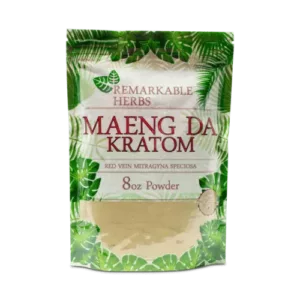

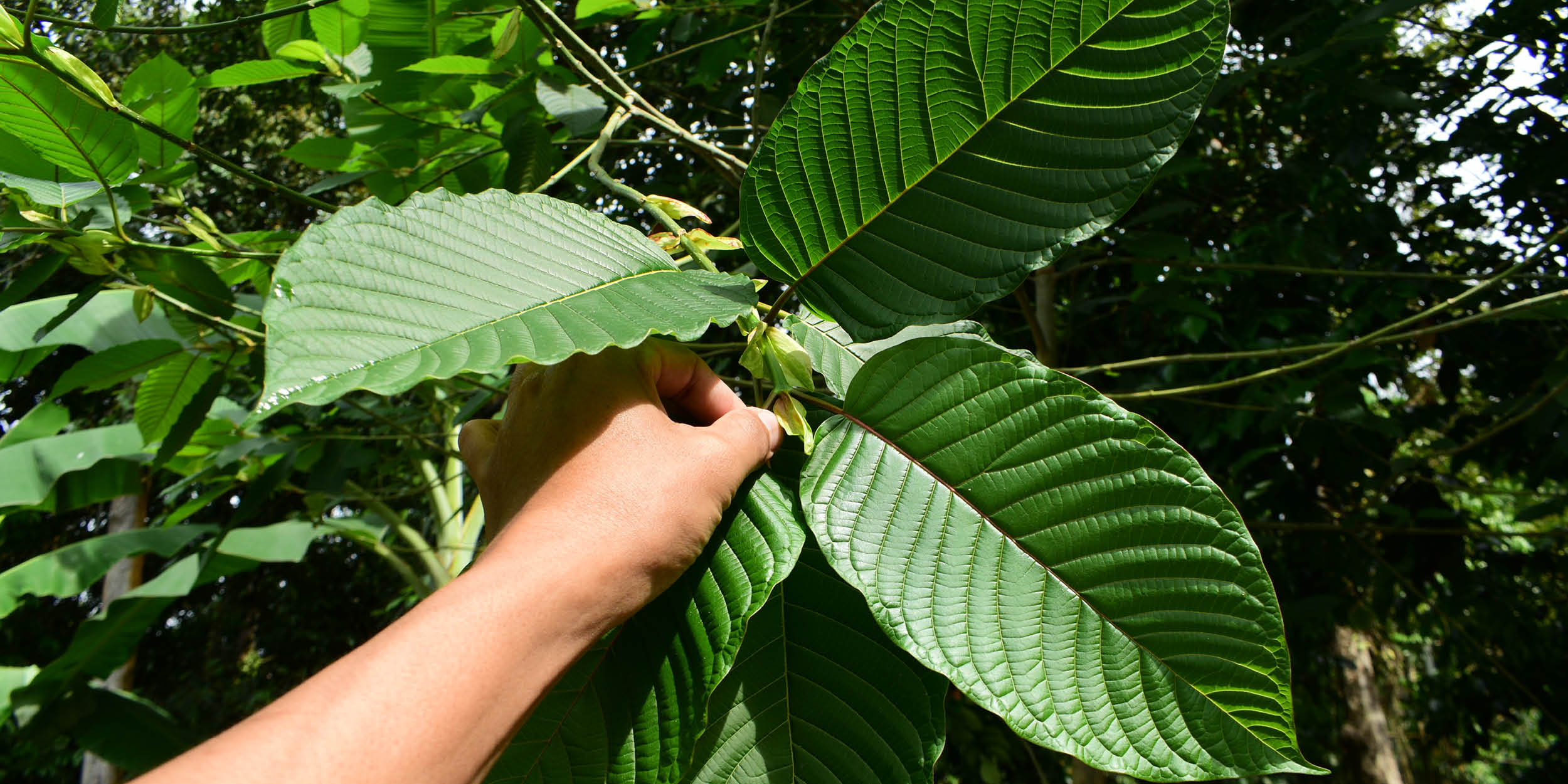
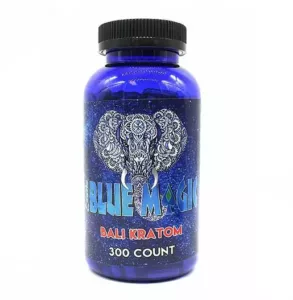
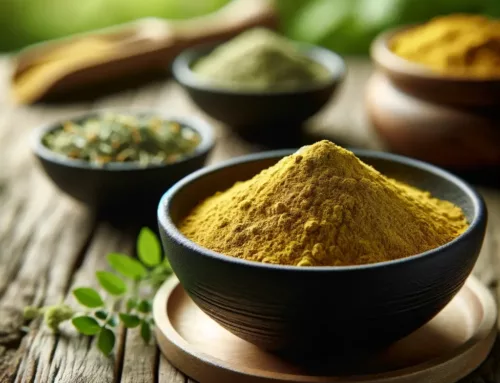
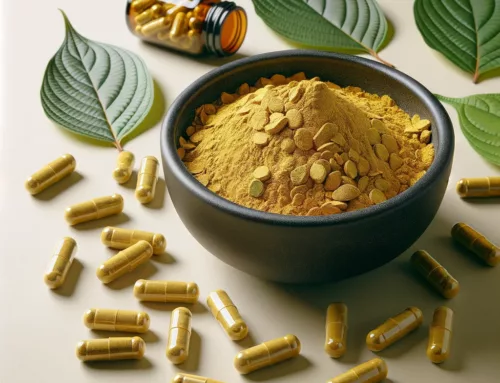
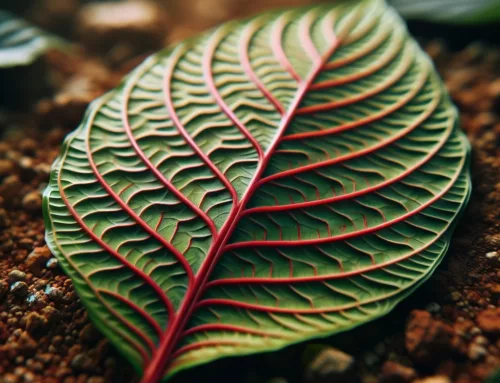
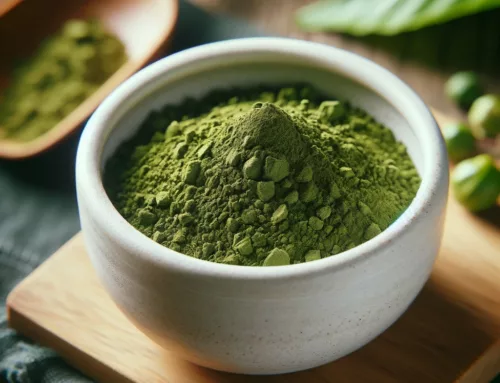

I am curious about the interactions between common prescription medications and kratom. I have not been able to find kratom on any online drug interaction websites. Do you have information on how kratom interacts, interferes, or compliments other medications? Thank you for your assistance!
Hi Nicole,
That is a great question.
We highly recommend you speak to your physician in regards to using kratom with any other supplements and/or prescribed medications.
We are not doctors so we cannot provide any information in regards to kratom interactions with other drugs/supplements.
Apologize for not being more helpful.
We are in the process of creating a more in-depth article on the subject.
Stay tuned and check back to mykratomclub.com/blog in the next couple of weeks for more information.
– MKC
Interesting topic. When I first read the name I thought It would be a place. It’s the first time I have heard of the Kratom plant. It would be interesting to know what are the side effects of using Kratom are. I have heard of similar plants that are very beneficial but because of their side effects, they have become illegal. Thanks for educating me.
Interesting Jamilia.
Can now definitely see how based on the title of this article kratom could most definitely seem like a place. 🙂
To answer your question about side effects.
Please take a look at our article HERE which discusses the potential side effects of kratom.
Let us know your thoughts and thanks for stopping by.
The grueling 7-day work week of those in agricultural industries would be a challenge to most anyone, so it’s helpful to study these groups to find out what things they have found to be effective in combating work-related fatigue and issues. This ancient herb kratom seems to have provided relief for weary workers for many generations, so it makes sense for modern workers to also pay attention to any healing and beneficial effects it can provide too! Thanks for sharing the history of kratom for those interested in learning more.
Thanks, Aly for taking the time to leave a comment
Never heard of the word “kratom” until i read this post. Gotta say, it’s a lot to take in but i definitely appreciate the information here. If you use it correctly and with moderation, i can see that the overall health benefit can outweigh the bad. It’s a very interesting read, not only the history but also the application of it. Your site looks incredibly clean and organized, and i can’t wait until the next time i read your post. Keep it up!
This is a good post telling me about how kratom started. I didn’t know all this before and I am just happy that I can learn all about the beginning of this great natural ingredient that is able to help to deal with so many helath issues. It’s a very good read for me and an educative one too.
Hey there, This is a very detailed and reputable Article on Kratom, this happens to be the very fist time I am hearing about it, I am glad I stumbled on this,Thank you a lot for sharing this here. The history of Kratom was interesting to know about. My only Wish was if It was easy to come by, I really would like to try it
Very interesting to know about the topic of Kratom and its fascinating history and the fact its very intriguing that Kratom is used in order to help people work 7 days a week.
The legality of kratom is also interesting, and the different control measures in place for different countries especially in the western world which explains why i have not heard of Kratom until now.
Thanks for the post
I must confess that as much as we all seek for having multiple stream of income, it is pertinent to know that health is wealth. I can’t say if I am highly convinced about getting Kratom but I guess it won’t be a bad idea after all. I will also recommend to friends and family if need be Thank you
This was a well researched article on all things concerning kratom. You mentioned that it is used as a substitute for opiates, which means that it does have some addictive qualities to it. Just out of curiosity, do you happen to know anything about the negative side effects of consuming kratom?
Great question Erick.
When taken responsibly the majority of people do not have negative side effects but that does not say someone will not.
Take a look at our kratom dosage guide HERE for responsible use and you can learn about the reported side effects of kratom here and its addictive qualities HERE.
Never heard about it before. You did very well in writing this comprehensive history of Kratom. I learned a lot. It is a bit worrying though that different countries have different way of seeing this plant and it’s effect to people. If it is considered helpful herb in one country and a banned drug in another, will it be safe to bring for people who are traveling from one country to another?
I hope there would be way to establish how this plant stand in the field of medicine and drug. Will be looking forward to that. Thank you.
Hi Joy.
Kratom is not currently approved by the FDA but we hope it will be someday soon.
When it comes from the country to country it is a very sticky situation and we recommend doing your research because laws change and it can be hard to tell what cities and towns in what countries the herb is okay to possess.
You can read HERE a helpful guide that reviews laws surrounding kratom internationally and domestically.
I never knew the name kratom was from Thailand. I fact I have always wondered why and how come the name kratom for such a medicinal plant. Now I see that it was named from different part os Asia based on their locations. It is highly interesting to know its level of alkaloids remain same either dry or wet. No wonder it’s potensy is very high
Thanks for continually educating us about Kratom and all there is to know about Kratom. I must say I enjoy reading your articles about Kratom. I am quite becoming a fan of yours. I have gained so much knowledge about Kratom and how it can be used, and also how not to use Kratom to avoid abuse. It great to also learn the history of this amazing herbal supplement.
Kratom is really getting popular of recent due to it’s efficiency. I have been taken the powdery form of this substance (Kratom) for months now, reading about the history was really an interesting thing for me, i didn’t know that it came from South east Asia and has been around for so long. I didn’t also know that it comes from the mitragyna speciosa tree
A wonderful article about kratom history to share with us. kratom is called herbal supplement which is very beneficial for human health. Kratom is mainly grown in Southeast Asia and is used in many other countries, but is also banned in some countries. I have learned a lot from your article on the birth history of kratom and its growth. I also got an idea of how it is processed or collected and used which was not known before. One of the benefits of knowing its birth history is that it is more prevalent in any country and there are opportunities to do business with those countries.
Finally, I have read and enjoyed your article so I would like to share the article on my social media group so that everyone can know about the birth history of kratom.
This is a good review I must say. Kratom is an herbal supplement. And I learned from this platform that supplements are better taken on an empty stomach for effectiveness and fast result. It’s in different forms, meaning it can suit anyone’s desire. Thank you for sharing this amazing article on Kratom product,it’s informative
It is really nice to know about the history of Kratum. I learnt that kratom is an herbal supplement from the tropical tree Mitragyna speciosa It is believed that the plant’s alkaloids have been favored to to fight tiredness and increase the productivity of farmworkers throughout Southeast Asia. This is why many farmers or laborers purchase it because every one would want to kill fatigue.
Oh, this is such useful information. Thanks for explaining about the history of Kratom. I become interested to learn about it due to living in South East Asia. It looks like several countries still treat them as illegal (or in a gray area, hence it’s hard to find and buy them). Since it has been proven to be useful for medical benefit, I hope the business can be legalized (albeit limited).
I never heard of this plant. But from your review, I can understand why its use has been restricted in so many countries. And I totally agree with them, this substance needs to be controlled for better results.
People need to use Kratom to better their health and not as an abusive substance. Because we all see how people, family, and friends get destroyed by the abuse of such substances.
Thanks for sharing this historical essay.
I must have been living under a rock because although you say it’s popularity has been sweeping the world I have never heard of Kratom. I dont see it in my local herbal store. It sounds very powerful, and I’d like to try it, but I wonder if its addictive.
Hey there Coach.
Great question.
Check out our article HERE which talks about Kratom and Withdrawal.
If you are feeling even more ambitious check out our entire Kratom library HERE.
Hey
Thank you for this article. It was great to read about the History of Kratom. I agree with you that The history of kratom is long and very illustrious.It was great to learn about its origins and how it actually got to the west. The concern is still in the quality of the manufacturing and the legalities .
Great site. I found the details and content very well understandable and educating getting to read about the history of this wonderful product called kratom. Because it’s supplement has really done well in the growth of the human system. Well thank you for the information provided, it is not overpowering and aimed at the right level and you provide enough information for those who get read it to actually know the history of the product they are using.
Coming from Thailand, I had no idea how did Kratom come into the picture. All I know that a lot of labor workers were using it widely even though it is illegal by the law. But you know, as long as you pay someone, it will go away. Thanks for sharing this information with us! Fun fact, Kratom means a little hut in Thai, think of the 3 little pigs, the first house made of straws.
Hello ,thank you so much for this article on the history of Kratom. It is really informative. I have seen a lot of articles on kratom, what it does and how it’s being taken. This is my First Time reading on the history of this herbal supplement. I am so happy to see this article. I have much much more knowledge on kratom now.
Hi there, I’m really glad I stumbled on this article, for quite some time now I have been searching for articles on the history of kratom and I would say this is the best I have come across , this amazing article about kratom is highly informative and quite interesting, I really enjoyed reading this great article, I hope to get to read more of this great articles later on and it was really thoughtful of you to share this article, I will highly recommend it to my friends and family.
Wow, this really has a history and goes back in time than I even imagined. It’s very good that I’m able to learn about it because I just made an order for it that would be getting down here very soon so it’s good to know how what I’m about to use to my body comes from.
Hi,
My opinion about the topic Kratom is a large tree that grows naturally in Thailand and Malaysia. It is 12 to 30 feet tall and produces large, dark, oval-shaped green leaves. The tree thrives in wet, humid areas, and requires fertile soil, lots of sun, and protection from strong winds.
Thank you.
Aluko.
The history of this product is very reputable and from all you have made mention of here, no one would expect anything other than the best outcome after making use of this product. I have seen some really good products from natural sources and they worked well. This gives me hope about how useful Kratom can be.
Interesting article about kratom. I have been living in Malaysia for about 12 years but this is the first time I ever heard about this drug,
I did little research and found that: Under Malaysian law, anyone found guilty of importing, exporting, manufacturing or selling kratom may be fined up to RM10,000 (around $2500) or jailed for four years.
But there also others who mean that or urge the government to conduct more research on kratom, because Malaysia is missing out on a lot of money by turning away from such a lucrative business,
They mean that many farmers in the rural areas could be quite wealthy if they were able to cultivate kratom and export it to EU and USA.
We will see what the future hold.
Cheers
Goran
It is good to know the origin and history of kratom, I’ve been into kratom for a while now and I feel it is very interesting to know of it’s origin Because it’ll makee know more about it and how effective it has been From time past. Thanks for sharing, it is really interesting to read through.
Getting to know a bit about the kratom history is nice. I particularly found interesting to learn about the Mitragyna Speciosa tree.
But what cought my attention was all this dispute about kratom’s legality. I didn’t know it had gone through all this. And reading about its expansion into the East was exciting too.
Nice history to read about kratom here and it sort of makes sense the fact that you have detailed this here. You know if we want to suggest this to people, we can as well just tell them what to look out for straight away and get started with the supplement. This is kratom history is great to see and I am very delighted to see it here. Thumbs up My Kratom Club!